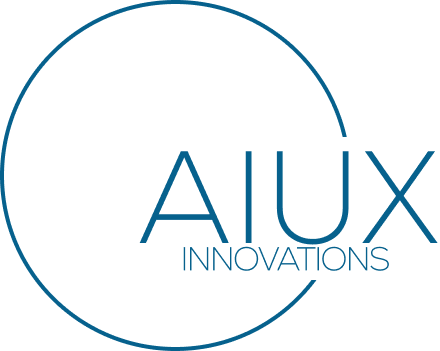Spotify UX is standing at the edge of its next great shift. For years, we’ve been refining pixels, patterns, and processes. But the next few years won’t be about layouts or interfaces, they’ll be about systems that learn, adapt, and design alongside us. As AI grows more capable, the designer’s role is changing from...
Continue readingDesigning for Time: Creating Experiences That Evolve With the User
Spotify Most products are designed for a single moment. But the best ones are designed for a lifetime. Time is the quiet dimension of user experience. It shapes how people grow with products, how trust develops, and how small interactions compound into loyalty. Yet too often, we design for onboarding rather than for evolution....
Continue readingDesigning for Emotion: Where Logic Ends and Experience Begins
Spotify The best designs don’t just work; they feel right. Emotion has always been the quiet engine of great design. It’s what turns usability into connection and transforms a product into something people return to again and again. As AI and automation dominate the design landscape, emotion has become harder to capture and even...
Continue readingDesigning for Agency: Giving Control Back to the User
Spotify Technology promised empowerment, but somewhere along the way, convenience became control. We built systems that remember everything, automate decisions, and optimize for outcomes, but not always for people. Designing for agency is about giving that power back. It’s about ensuring that users remain in charge of the experiences that increasingly act on their...
Continue readingEthical UX: Designing Boundaries in the Age of AI
Spotify Design used to be about freedom, how to make users feel limitless. Now, it’s about restraint, how to set boundaries that protect them. AI gives us the power to automate empathy, personalize experiences, and anticipate human behavior with uncanny precision. But the more we predict and persuade, the more we risk crossing the...
Continue readingPredictive UX: Designing for What Comes Next
Spotify UX design used to focus on what users did. Then it evolved to what users wanted. Now, the focus is shifting again, to what users will do next. Predictive UX is not about guessing. It’s about recognizing patterns in behavior and turning those signals into intelligent anticipation. The next generation of interfaces won’t...
Continue readingTeaching Machines to See: The New Language of Design
Spotify Data surround us. Every swipe, scroll, and pause is a piece of digital dialogue between human intent and machine perception. The problem isn’t that we lack data, it’s that we’ve never truly spoken its language. Machine learning is changing that. It’s teaching us to listen to what users never say, to see what...
Continue readingThe Death of Empathy in UX Design
How Data Replaced Emotion and Why That’s Not Always a Bad Thing Spotify For years, “empathy” has been the moral backbone of UX design, the one word every designer was expected to build their craft upon. But in practice, empathy has become a safe cliché. It sounds noble in presentations, yet it rarely scales...
Continue readingBalancing Qualitative Insights and Quantitative Analytics in Product Redesigns
Spotify One of the most overlooked skills in modern UX isn’t Research or wireframing. It’s interpretation. Designers today sit at the intersection of two powerful forces: what users say, and what users do. Both matter. But neither tells the full story on its own. Redesigning a product based solely on analytics can make it...
Continue reading